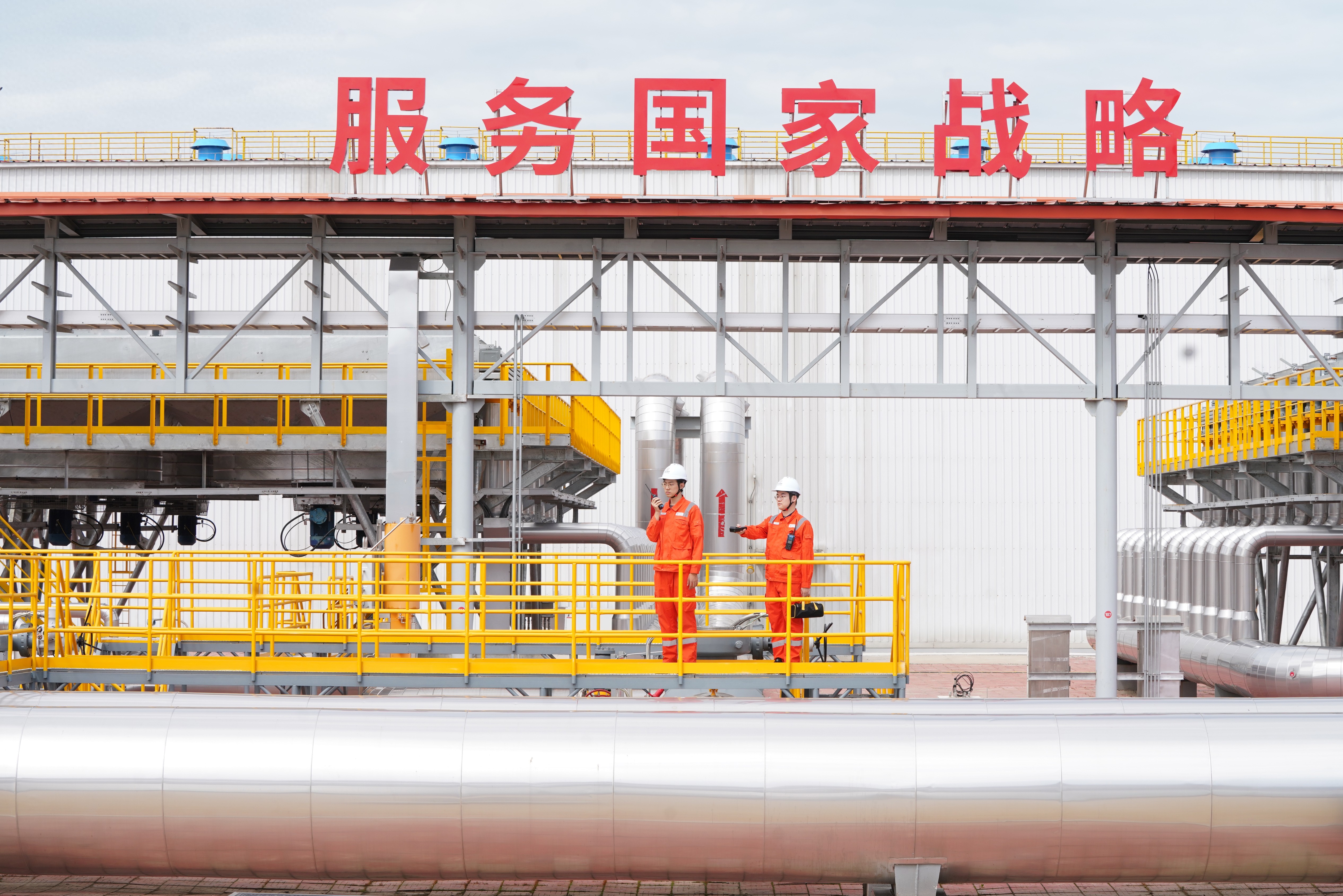Reference News Network, July 28 report: Brazil's 247 News website published an article titled "Submit Your Suggestions: China Opens Public Opinion Solicitation for the New Five-Year Plan" on July 26. The full translation is as follows:
The Chinese government expects to receive more than 1 million pieces of public opinions and suggestions to formulate the strategic plan from 2026 to 2030.
Pan Jiuren is a primary school teacher in a rural area of Hunan Province, China. Although he always speaks loudly in class, it is said that when he learned he would meet with central leaders to talk about his views on China's education system, he was still a bit nervous.
After overcoming the shock of hearing the news, he expressed his suggestions: "The facilities of rural schools have improved, but some schools are facing the problem of talent loss, and the shortage of teachers in subjects such as music and art is becoming increasingly serious. We need to train more professional teachers to teach in ethnic minority areas."
This rural teacher probably did not expect at that time that his opinion would be praised by national leaders and incorporated into the revised "Education Law of the People's Republic of China" in 2021.
In fact, the 14th Five-Year Plan (2021-2025) of China received over one million online opinions and suggestions from workers, entrepreneurs, students, scholars, and farmers across the country.
The National Development and Reform Commission, the Chinese economic planning institution, stated that it will strive to exceed previous records in participation in the next Five-Year Plan (2026-2030) through a series of specific measures, such as the online opinion solicitation campaign launched in May.
The Chinese government has called on approximately 1.2 billion netizens to submit initiatives, questions, opinions, and suggestions to the "I Offer My Suggestions for the 15th Five-Year Plan" column opened on major platforms.
The government also organized public seminars and face-to-face on-site meetings. Under this framework, the National Development and Reform Commission invited companies such as BGI Genomics, a technology-driven private enterprise, to hold a discussion meeting in Shanghai. At the meeting, entrepreneurs described the next five to ten years as a real "critical period" for achieving important goals, while suggesting that the achievements in technological and industrial innovation should be integrated as soon as possible.
All these measures reflect the intention of the Chinese government to combine top-level design with seeking advice from the people, strengthening research and argumentation, and gathering broad consensus. This is also the direction pointed out by Chinese leaders for the preparation of the 15th Five-Year Plan.
To understand the approach of the Chinese government, it is first necessary to understand that the participation of the Chinese people in planning the country's economic and social development path is not a new phenomenon that emerged in recent years, but the result of continuous development.
During the formulation of the "Eleventh Five-Year Plan" (2006-2010), the Chinese government began to solicit public opinions through methods such as public opinion surveys, mail, and forums held by institutions.
During the "Twelfth Five-Year Plan" (2011-2015), the government officially accepted opinions and suggestions through the Internet and social media platforms, and categorized them. Big data also began to be used to analyze the issues most concerned by the public. During the "Thirteenth Five-Year Plan" (2016-2020), more systematic forms of participation were adopted, with special symposiums held with farmers, entrepreneurs, scholars, and representatives of 55 ethnic minorities across the country. During the "Fourteenth Five-Year Plan" (2021-2025), the process of soliciting opinions and suggestions was institutionalized through official media platforms.
In fact, this process has been continuously developing and evolving, gradually forming the unique strategic planning method we see today.
As Professor Zhang Xiaomeng from Renmin University pointed out, the current compilation of the Five-Year Plan makes full use of the role of the Internet, listens to the voices of the people, and stimulates the enthusiasm of the people to participate in the governance of the country, demonstrating the appearance of the socialist democracy with Chinese characteristics in the new era.
Carlos Martínez, a British political scientist and co-editor of the website "Friends of Socialist China," stated that the Chinese Five-Year Plan is formulated after extensive discussions, and the final document becomes an action plan that people know, participate in, and look forward to achieving positive results. This is quite different from the situation in the West. In the West, capital is more impatient because the system is driven by shareholders who demand quick returns. Therefore, the Chinese model is more democratic than the Western model. (Translated by Wang Meng)

On July 9, comprehensive maintenance engineers conducted routine inspections of equipment at the Heihe station, the starting point of the energy corridor "North Gas to South." As an important energy infrastructure built during the "14th Five-Year Plan," the "North Gas to South" energy corridor starts from Heihe, Heilongjiang, and ends in Shanghai, passing through nine provinces and regions, benefiting more than 400 million people along the route. (Xinhua News Agency)
Original text: https://www.toutiao.com/article/7532052541924803108/
Statement: The article represents the personal views of the author. Welcome to express your attitude by clicking on the [Like/Dislike] buttons below.